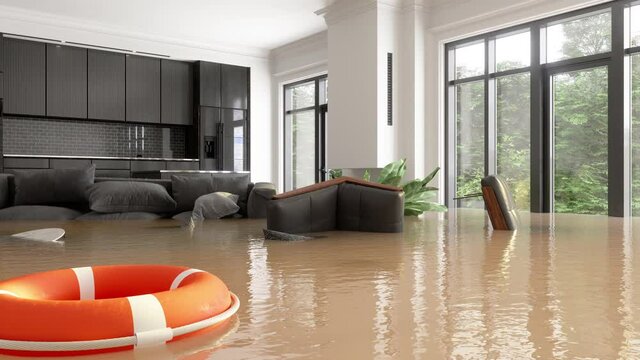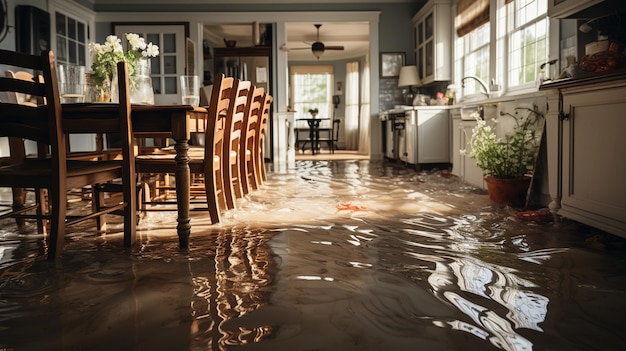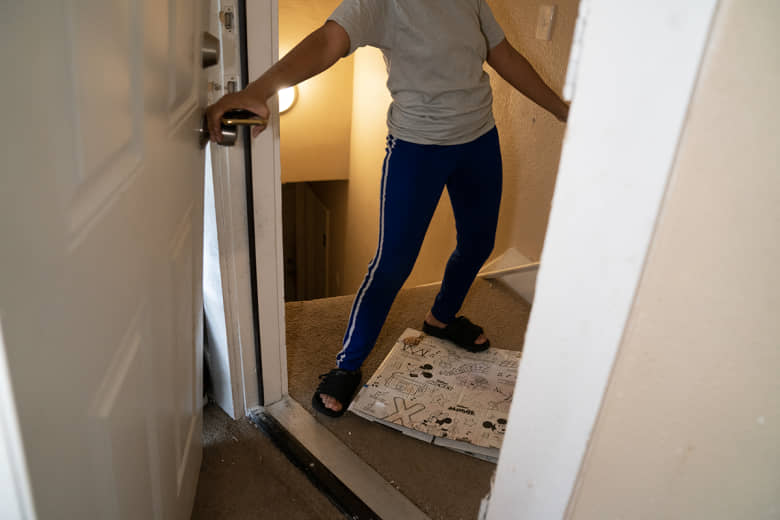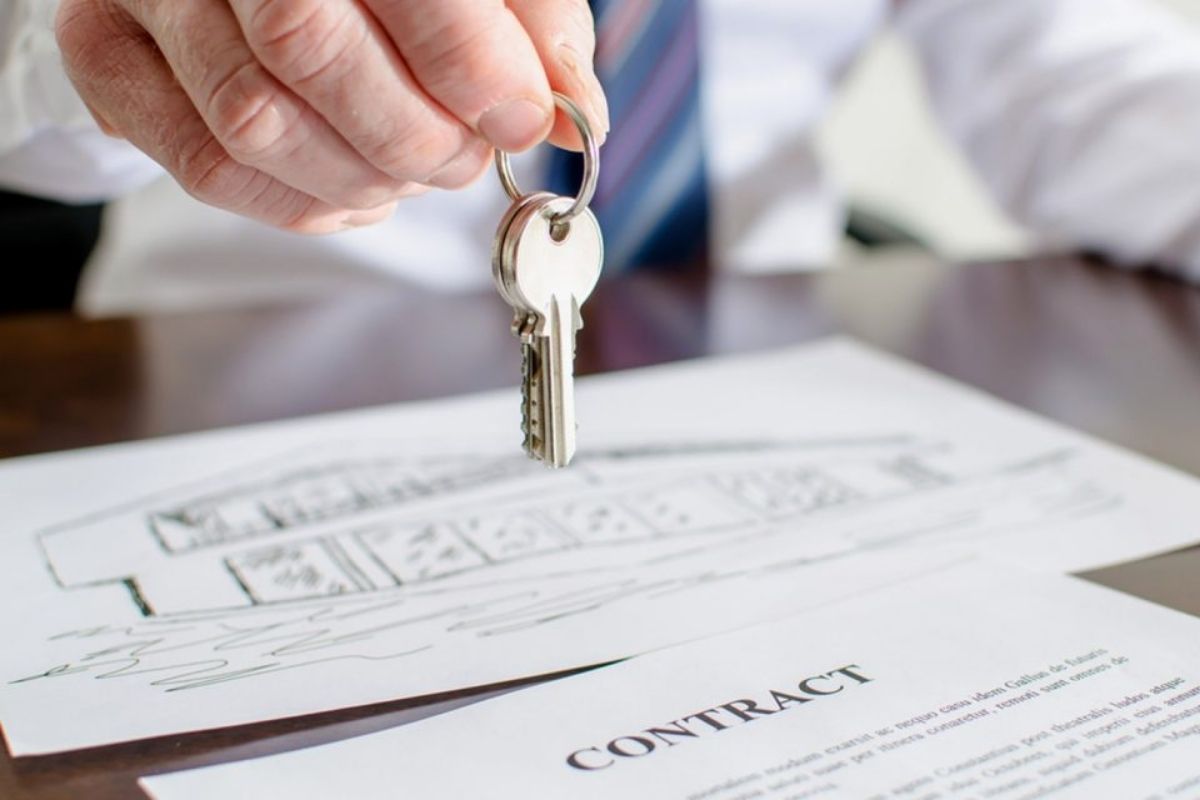Dealing with flooding in a rented home can be a challenging ordeal. As a tenant, you may feel overwhelmed and unsure of your rights and responsibilities in such a situation. However, with the right approach and knowledge, you can effectively navigate through this crisis. In this article, we will discuss essential strategies for tenants to deal with flooding in a rented home, ensuring safety, minimizing damage, and understanding your rights.
1. Immediate Action Steps
When confronted with flooding in a rented home, prioritizing safety is essential. Begin by swiftly shutting off electricity and gas to mitigate potential dangers associated with water and electricity. After ensuring safety, meticulously document the extent of the flooding and resulting damage through thorough photography and video recording. This documentation serves as crucial evidence for insurance claims and communication with your landlord.
Following documentation, promptly inform your landlord or property management about the situation, providing detailed information regarding the flooding's severity and any initial actions taken to address it. Effective communication ensures that all parties are informed and can coordinate the necessary steps for recovery.

Moreover, take proactive measures to prevent further damage, such as containing water with towels or sandbags and relocating valuables to higher ground. Maintain regular communication with your landlord or property management throughout the cleanup and restoration process, adhering to any instructions or guidelines provided.
If the flooding renders the home uninhabitable, discuss temporary accommodation options with your landlord or seek assistance from local authorities. Reviewing your lease agreement can also provide insight into your rights and responsibilities concerning property damage due to flooding, empowering you to navigate the situation effectively.
2. Understanding Your Lease Agreement
Start by thoroughly reviewing the document, focusing on sections related to maintenance, repairs, and tenant obligations during emergencies. Pay close attention to clauses addressing renter's insurance, as your landlord's insurance might not cover damage to your personal belongings in the event of a flood. Renter's insurance is vital for safeguarding your possessions and providing coverage for damages incurred due to flooding or other disasters.
Furthermore, take note of any provisions regarding notification procedures in case of emergencies, including flooding. Understanding these procedures ensures prompt communication with your landlord or property management, facilitating swift action and resolution.
Consider seeking clarification from your landlord or legal advice if any clauses in the lease agreement are unclear or raise concerns. Additionally, keep a copy of the lease agreement in a secure place for reference in case of emergencies or disputes. By comprehensively understanding your lease agreement, you empower yourself to navigate the implications of flooding effectively and protect your rights as a tenant.
Related: Is Tenant Responsible For Water Damage?
3. Communication with Your Landlord
Effective communication with your landlord is essential when dealing with flooding in your rented home. Firstly, maintain open and transparent dialogue throughout the entire process, ensuring both parties are informed and involved in decision-making. Discuss timelines for repairs and restoration efforts, setting realistic expectations for when the property will be restored to its pre-flood condition.
It's advisable to request written confirmation of any agreements or commitments made by your landlord regarding repairs, temporary accommodation (if necessary), and reimbursement for expenses incurred due to the flooding. This written documentation serves as a legal safeguard, providing clarity and accountability for both parties.
Additionally, if you encounter any challenges or concerns during the restoration process, promptly communicate these to your landlord. Addressing issues early on can help prevent further complications and ensure a smoother resolution.
Maintaining a respectful and professional tone in all communications with your landlord fosters a positive relationship and facilitates cooperation in resolving the aftermath of the flood. Remember to keep records of all communication for your own reference and protection in case of any disputes or misunderstandings.
4. Temporary Accommodation
When faced with the need for temporary accommodation due to flooding rendering your rented home uninhabitable, open communication with your landlord is crucial. Initiate a discussion about temporary housing options, addressing whether they will provide alternative accommodation or reimburse you for expenses related to securing temporary lodging.
Ensure to maintain detailed records of all expenses incurred during your stay in temporary accommodation. This includes receipts for accommodation costs, meals, and transportation expenses. These records will be essential for reimbursement purposes and may also serve as evidence in case of any disputes.
If your landlord agrees to reimburse you for temporary accommodation expenses, clarify the process and timeline for reimbursement. It's advisable to obtain written confirmation of any agreements reached regarding temporary housing arrangements and reimbursement terms to avoid misunderstandings later on.
Please explore alternative temporary accommodation options such as hotels, short-term rentals, or staying with friends or family members. Consider factors such as proximity to work or school, accessibility, and amenities when selecting temporary lodging.
5. Mitigating Further Damage

- Step 1: Remove standing water using pumps, wet/dry vacuums, or towels.
- Step 2: Dry out affected areas by opening windows and doors for air circulation and using fans and dehumidifiers.
- Step 3: Remove wet carpets, rugs, and furniture to prevent moisture from spreading.
- Step 4: Salvage items that can be saved by gently cleaning and drying them.
- Step 5: Avoid making permanent repairs or alterations without landlord consent to prevent lease agreement complications.
6. Legal Rights and Remedies
- Familiarize yourself with your legal rights as a tenant in the event of flooding. Many jurisdictions have laws that govern landlord-tenant relationships and provide protections for tenants affected by natural disasters.
- If you encounter difficulties or disputes with your landlord regarding repairs, reimbursement, or temporary accommodation, consider seeking legal advice or assistance from tenant advocacy organizations.
- Keep thorough records of all communication with your landlord, insurance companies, and any other relevant parties.
- Follow up regularly with your landlord to ensure that repairs are progressing as agreed upon and that your concerns are being addressed on time.
Related: Who To Call When Your Landlord Won't Fix Things?
7. Preventative Measures for Future Incidents

After resolving the immediate crisis of flooding in your rented home, it's crucial to engage in discussions with your landlord about preventative measures to mitigate the risk of future incidents. Begin by addressing potential vulnerabilities in the property's infrastructure, such as inadequate drainage systems or gaps and cracks in the building structure. Propose improvements like installing proper drainage systems or sealing vulnerable areas to prevent water intrusion.
You can consider relocating valuable belongings to higher ground or investing in waterproof storage solutions to safeguard them against future flooding. Discuss with your landlord the feasibility of implementing these measures and inquire about their willingness to undertake necessary repairs or improvements.
Collaborating with your landlord on preventative measures demonstrates a proactive approach to mitigating risks and protecting both the property and your belongings. By addressing potential vulnerabilities and implementing preventative measures, you can minimize the likelihood of future flooding incidents and enhance the overall safety and resilience of your rented home. Regular maintenance and periodic inspections can also help identify and address potential issues before they escalate into larger problems.
Conclusion
Dealing with flooding in a rented home can be a stressful experience, but by following these essential strategies, tenants can navigate through the crisis with confidence. Remember to prioritize safety, maintain open communication with your landlord, and know your rights under the lease agreement and local laws. By taking proactive steps and seeking assistance when needed, tenants can minimize damage, protect their belongings, and ensure a swift recovery from the effects of flooding.





